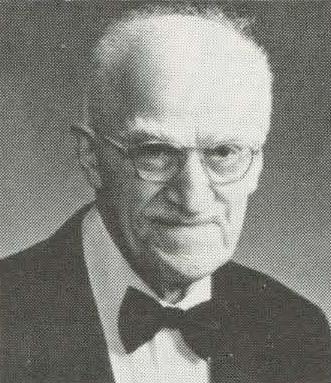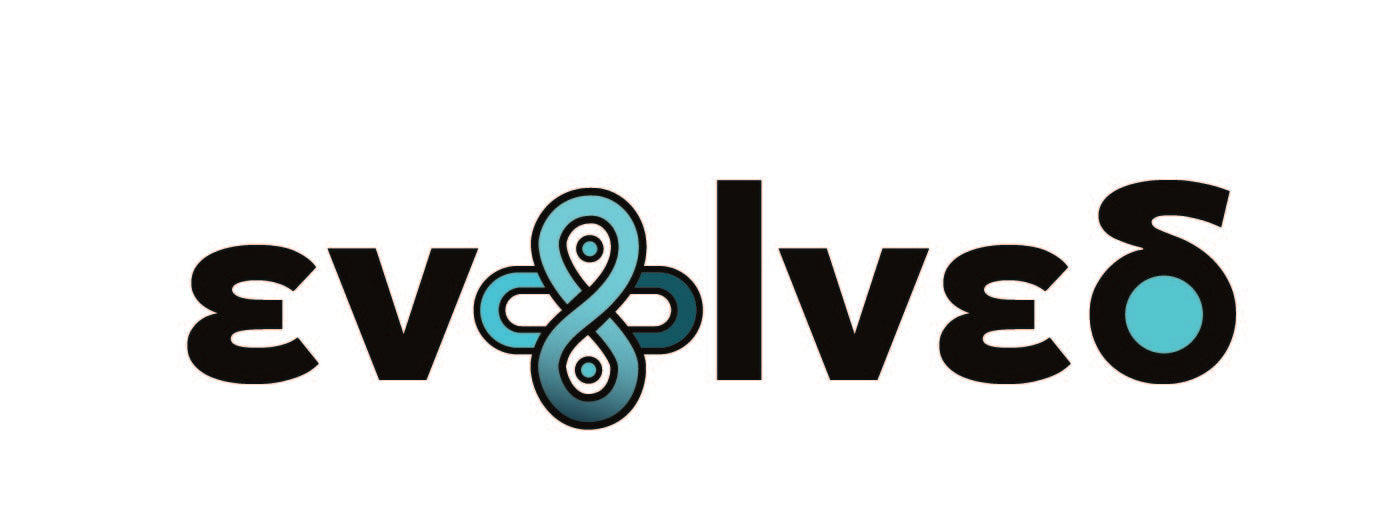
Joseph M. Juran
Bio
Rest In Peace, Joseph M. Juran.
Personal or Business or Community websites:
- https://www.juran.com/
- https://www.researchgate.net/publication/229635996_Joseph_M_Juran_a_perspective_on_past_contributions_and_future_impact
More Publications
-
**Summary:**
Joseph M. Juran was a foundational figure in quality management. His books—*Juran’s Quality Handbook*, *Managerial Breakthrough*, *Juran on Quality by Design*, *Juran on Leadership for Quality*, *Quality Planning and Analysis*, *Architect of Quality*, and *A History of Managing for Quality*—along with hundreds of articles, established the principles of quality planning, control, and improvement. His legacy includes the Juran Trilogy, Pareto Principle in quality, and a global impact on both manufacturing and service industries.
---
## Books
### 1. **Juran’s Quality Handbook**
**Author/Editor:** Joseph M. Juran (multiple editions, co-editors include A. Blanton Godfrey)
**Description:**
The definitive reference for quality management professionals, this handbook provides an in-depth coverage of the principles, tools, and practices of quality control and improvement. Juran contributed major sections, including “How to Think about Quality,” “The Quality Control Process,” and “The Quality Improvement Process.” It is widely regarded as the global standard for quality management and has been continually updated to reflect new methods and best practices worldwide.
---
### 2. **Managerial Breakthrough: The Classic Book on Improving Management Performance**
**Author:** Joseph M. Juran
**Description:**
This book introduces the concept of “breakthrough” improvement, distinguishing it from incremental improvement. Juran outlines the principles and processes for achieving substantial quality and performance improvements, laying the groundwork for modern quality improvement methodologies.
---
### 3. **Juran on Quality by Design: The New Steps for Planning Quality into Goods and Services**
**Author:** Joseph M. Juran
**Description:**
Juran presents a universal approach to quality planning, emphasizing designing quality into products and services from the outset. The book provides a step-by-step process for quality planning and is foundational for “Design for Six Sigma” and modern quality assurance.
---
### 4. **Juran on Leadership for Quality: An Executive Handbook**
**Author:** Joseph M. Juran
**Description:**
A practical guide for executives, this book explains how to lead quality improvement initiatives, implement the Juran Trilogy (quality planning, control, and improvement), and institutionalize quality as a core management responsibility. It includes real-world case studies and actionable frameworks.
---
### 5. **Quality Planning and Analysis**
**Authors:** Joseph M. Juran, Frank M. Gryna
**Description:**
A foundational textbook for students and practitioners, this book covers the principles and techniques of quality planning, analysis, and control. It is widely used in academic and professional settings.
---
### 6. **Architect of Quality: The Autobiography of Dr. Joseph M. Juran**
**Author:** Joseph M. Juran
**Description:**
Juran’s autobiography recounts his journey from a childhood of poverty to becoming one of the most influential figures in quality management. The book offers personal insights into the development of quality theory and the global quality movement.
---
### 7. **A History of Managing for Quality: The Evolution, Trends, and Future Directions of Managing for Quality**
**Editor:** Joseph M. Juran
**Description:**
Juran edited and contributed to this comprehensive history of quality management, covering global developments from ancient to modern times. It is an essential resource for quality scholars and historians.
-
## Books
### 1. **Juran’s Quality Handbook**
**Author/Editor:** Joseph M. Juran (multiple editions, co-editors include A. Blanton Godfrey)
**Publisher:** McGraw-Hill (1st ed. 1951; 7th ed. 2016)
---
### 2. **Managerial Breakthrough: The Classic Book on Improving Management Performance**
**Author:** Joseph M. Juran
**Publisher:** McGraw-Hill, 1964 (revised editions published)
---
### 3. **Juran on Quality by Design: The New Steps for Planning Quality into Goods and Services**
**Author:** Joseph M. Juran
**Publisher:** Free Press, 1992
---
### 4. **Juran on Leadership for Quality: An Executive Handbook**
**Author:** Joseph M. Juran
**Publisher:** Free Press, 1989
---
### 5. **Quality Planning and Analysis**
**Authors:** Joseph M. Juran, Frank M. Gryna
**Publisher:** McGraw-Hill, 1970 (multiple editions)
---
### 6. **Architect of Quality: The Autobiography of Dr. Joseph M. Juran**
**Author:** Joseph M. Juran
**Publisher:** McGraw-Hill, 2004
---
### 7. **A History of Managing for Quality: The Evolution, Trends, and Future Directions of Managing for Quality**
**Editor:** Joseph M. Juran
**Publisher:** ASQC Quality Press, 1995
-
## Seminal Articles & Concepts
### 1. **The Juran Trilogy**
**Concept:**
Juran’s most famous framework, the Trilogy, consists of three managerial processes: quality planning, quality control, and quality improvement. This approach is foundational in linking quality to business strategy and is covered in many of his writings, including *Juran’s Quality Handbook* and *Juran on Leadership for Quality*.
---
### 2. **Statistical Methods Applied to Manufacturing Problems**
**Author:** Joseph M. Juran
**Publication:** AT&T/Bell System, 1920s
**Description:**
This early pamphlet served as the foundation for the AT&T Statistical Quality Control Handbook, contributing to the establishment of statistical process control as a core quality management practice.
---
### 3. **Hundreds of Articles, Papers, and Speeches**
**Author:** Joseph M. Juran
**Publication:** Various journals, conferences, and books (1920s–2000s)
**Description:**
Juran authored or contributed to hundreds of articles and papers on quality management, the human dimension of quality, resistance to change, and the application of the Pareto Principle (“the vital few and the trivial many”) to quality improvement.
---
## Core Concepts and Legacy
- **Pareto Principle (80/20 Rule):** Juran popularized the application of Pareto analysis in quality, emphasizing the focus on “the vital few” causes of problems.
- **Human Dimension of Quality:** Juran advocated for the importance of management commitment, training, and overcoming resistance to change in quality improvement.
- **Global Influence:** Juran’s work was instrumental in the quality revolution in Japan and the global spread of quality management.
- **Juran Institute:** Founded in 1979, continues to promote his methods and legacy.

